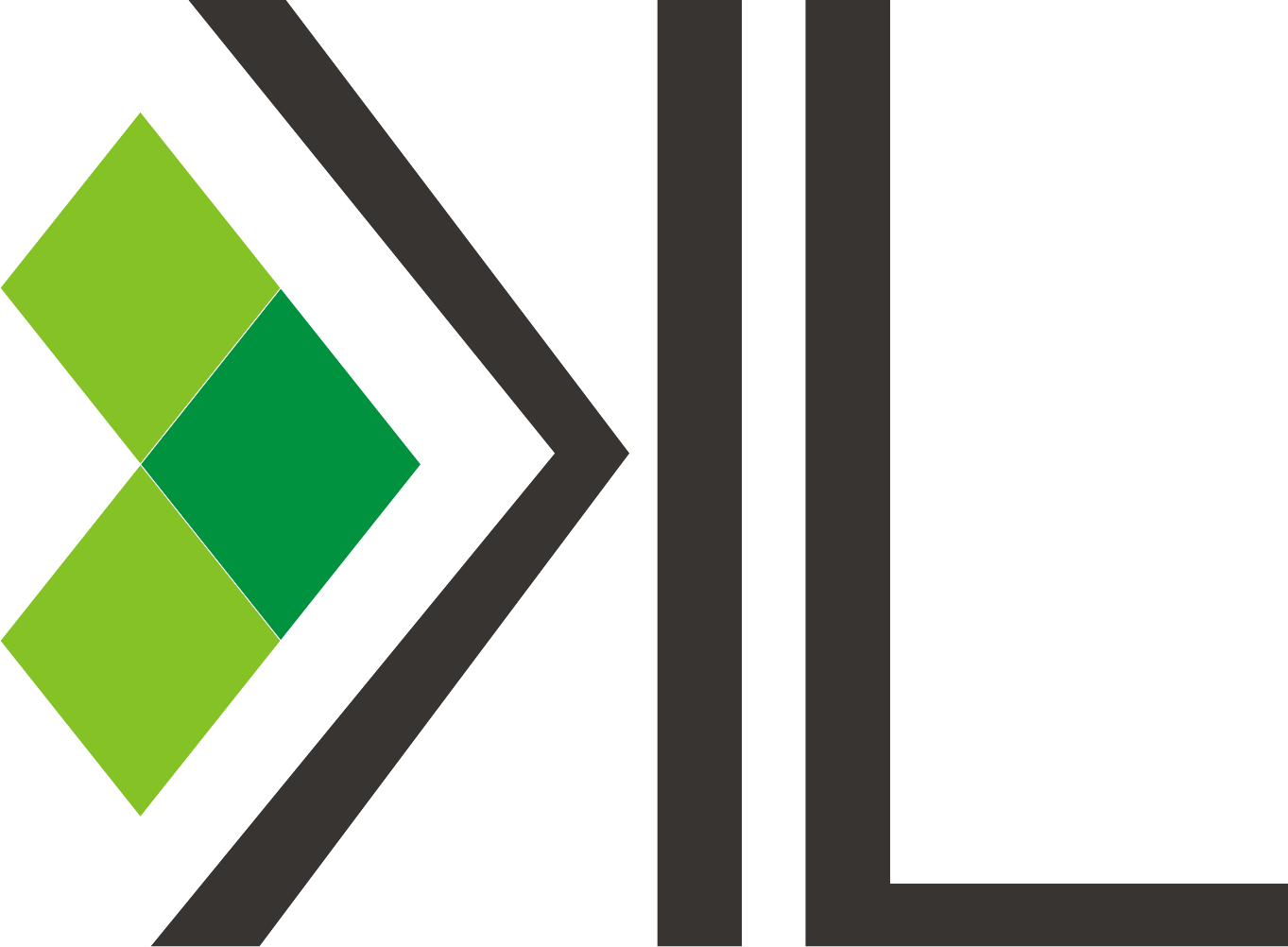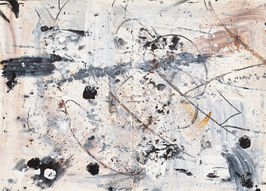
Krisztián Frey
(Budapest, 1929 - Zürich, 1997)
Krisztián Frey was a prominent member of the Neo-Avant-Garde Iparterv Generation – among artists such as Imre Bak, Ilona Keserü Ilona, Dóra Maurer and Endre Tót – who became publically known during the 1960s due to the art historically significant double exhibition organised in the cultural hall of the large corporation, Iparterv in 1968 and 1969, which proved to be a revolutionary moment for the Hungarian art scene.
Although Frey was a decade older than most of the artists who made up the Iparterv Generation, his scripturally aligned abstract paintings complemented with various applications and photographic inserts played an essential role in the Iparterv I. and II. exhibitions.
Between 1957 and 1965, he established an individual variation of Scriptural Abstraction and Abstract Expressionism in close contact with the Zugló Circle of young progressive artists. The so-called Rákosliget paintings, created between 1965 and 1967, was a body of work that pioneered the genre of Radical Abstraction and Monochrome Painting in Hungary.
Referring to his art as “variable-paced gestural painting,” Frey emigrated to Switzerland in 1970 and lived in Zurich until the change of regime. For nearly two decades, beginning from the late 1970s, he dealt exclusively with mathematics, music and computer science. His experiments in computer drawing (geometric transformations, stochastic method) place him among the pioneers of international Computer art. As one of the Hungarian representatives of European, post-war abstraction, he created an individual language, combining the lyrical forms of Art Informel and the gestures of handwriting, similarly as Cy Twombly or Georges Mathieu.
Gábor Rieder


























